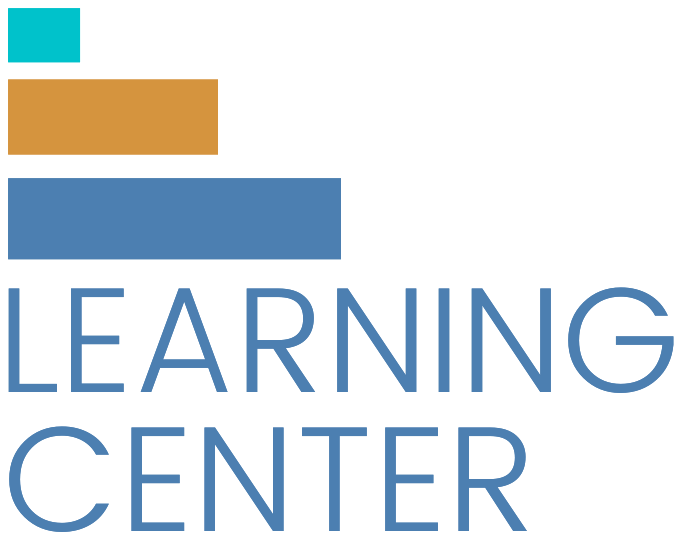Key Question: Is the Growth of Donor-Advised Funds (DAFs) a Good or Bad Thing?
/A donor-advised fund (DAF) is a flexible, tax-advantaged, and convenient way for people who plan to donate more than a few thousand dollars to make charitable contributions. It’s easier and more streamlined than creating and running a foundation, and it gives donors an immediate tax write-off, even if they might not choose where to donate money for years. There’s no minimum payout requirement, and DAF donors can choose to give anonymously. From a donor perspective, it’s easy to see why DAFs are popular.
Perhaps that’s why the number of DAFs more than tripled from 2015 to 2019, and as of 2019, more than $140 billion in assets were held in this type of account, according to the National Philanthropic Trust, which publishes an annual report on DAFs.
So, is this a good thing or a bad thing?
Well, it’s complicated.
On the one hand, people are giving a lot of money to nonprofits through DAFs. Donors gave more than $25 billion in grants through DAFs in 2019. And while there is no required annual payout (meaning a DAF holder could choose to let money sit in their account without giving any of it away for years), DAF payouts have averaged more than 20% every year since 2015, the National Philanthropic Trust reports. That’s significantly higher than the 5% required of foundations. Plus, DAF giving tends to be less restricted than traditional foundation grants, which is a good thing for nonprofits.
On the other hand, there’s little accountability or transparency when it comes to DAFs. The account holder suggests where to make grants, but their name is not attached to the actual grant. Instead, the organizations that house DAFs—whether community foundations or fund managers like Fidelity Charitable—report on where grants were made. With the huge growth in the number of DAFs in recent years, this has the potential to create a “shadow giving system.” In the polarized U.S. political sphere, DAFs can facilitate the movement of “dark money,” or spending that influences politics by organizations that are not required to disclose their donors.
And even short of the specter of “dark money,” anonymity has its issues. A fundraiser seeking grants from Fidelity Charitable, which is currently the largest private grantmaker in the United States due to the number of DAFs it holds (more than 250,000 in 2020), would have a hard time connecting with the people who are actually making grant recommendations—or even finding out who they are.
There are a number of efforts to reform and regulate DAFs through increased transparency and/or payout requirements, including several pieces of proposed legislation currently winding their way through California’s state government. We’ll have to wait and see what comes next. However, rest assured, DAFs are here to stay, one way or another.







